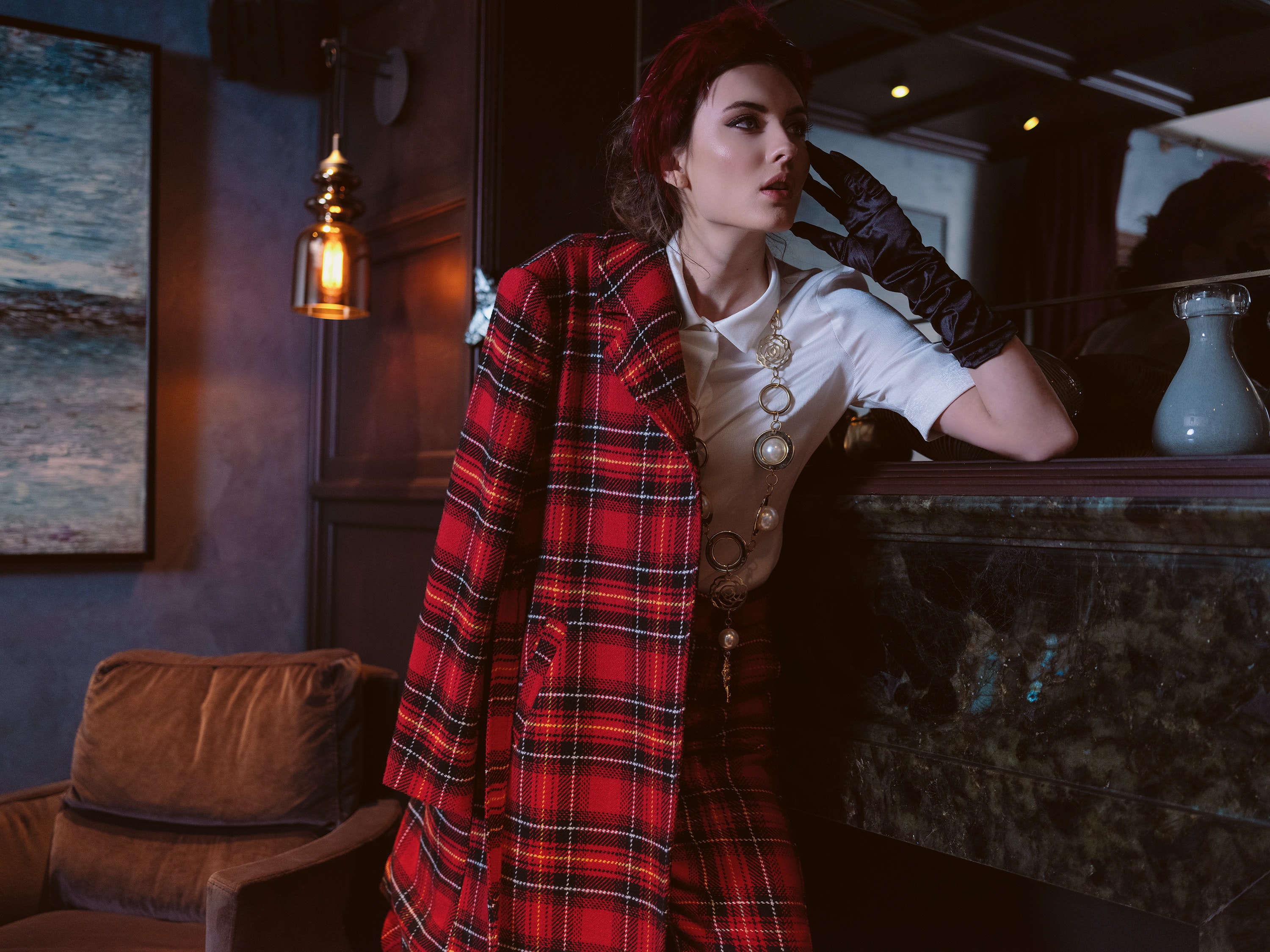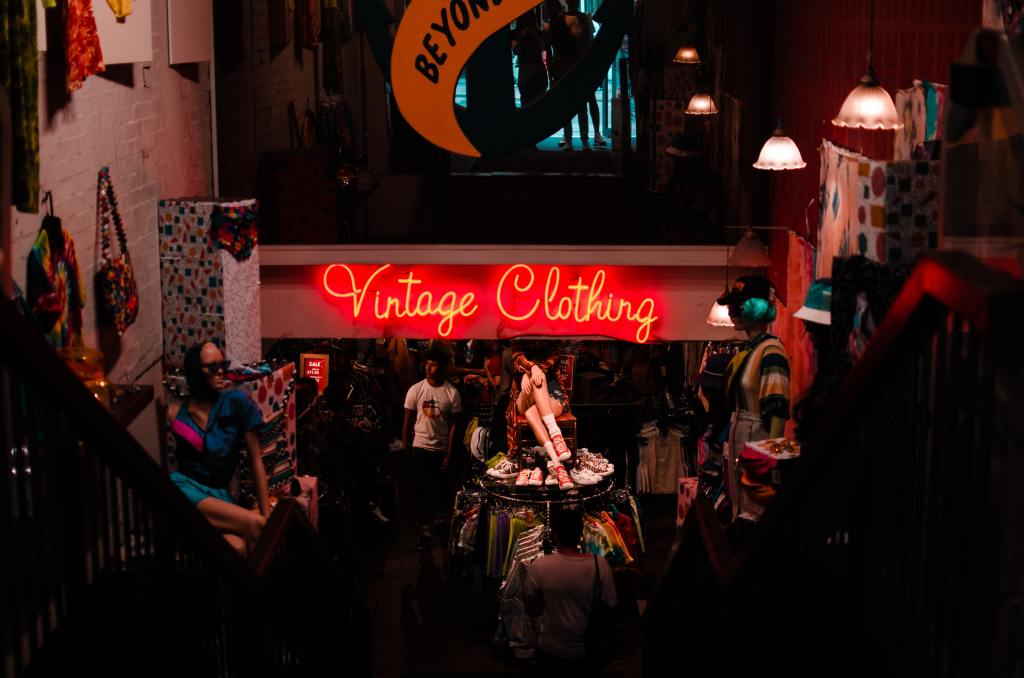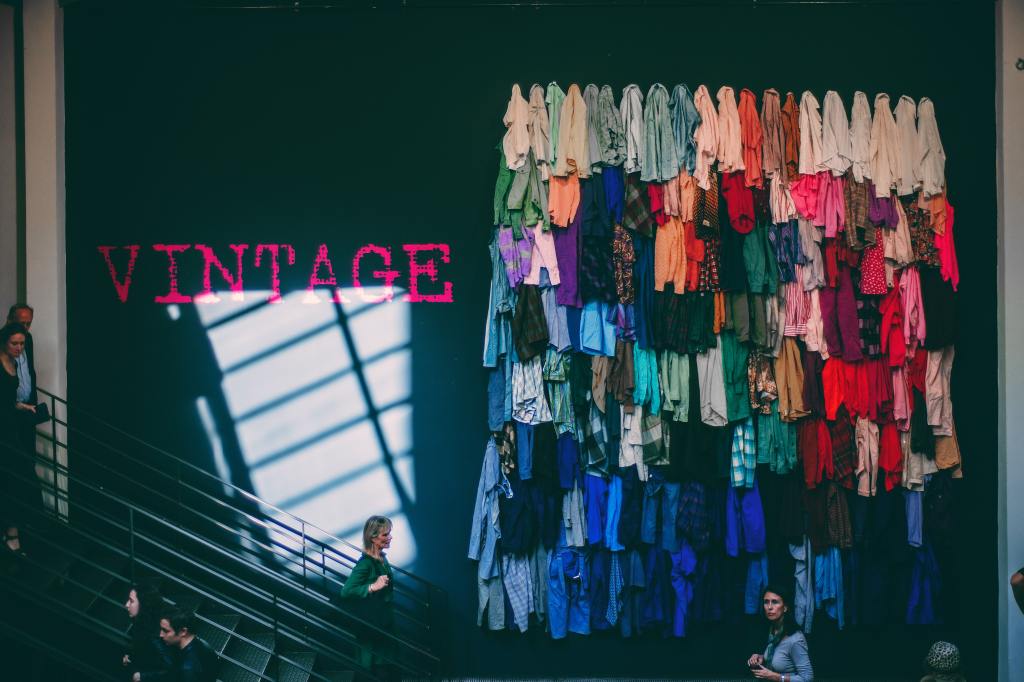
How To Identify Authentic Vintage Clothing

How To Identify Authentic Vintage Clothing
Vintage clothes are popular items with both collectors and non-collectors alike! Clothing from the past has always come back around into fashion, and it is considered trendy to don vintage clothing – both by itself or mixed with modern clothing pieces.
You can purchase vintage clothing from vintage clothing stores, but you can also find unique vintage clothes by scouring the aisles at thrift stores and consignment stores. Hunting for these beautiful vintage garments can be just as much fun as wearing them. You never know what you may find!
An important part of finding excellent vintage garments is knowing what to look for. How can you tell if a garment is a genuine article of vintage clothing? One of the best ways to identify these garments is to check for vintage clothing labels. Understanding the different styles that were popular in different decades is also helpful when it comes to identifying a vintage garment.
Read on as we discuss what to look for when identifying a vintage clothing label, popular styles through the decades, and how to source and identify vintage accessories to add to your collection.

Best Ways To Recognize Vintage Clothing Labels
One way to determine if an article of clothing is vintage is to check for vintage clothing tags on the garment. Knowing how to read clothing labels is absolutely crucial when it comes to buying vintage. Here are 14 ways to recognize vintage clothing based on the label!
Check the copyright year
If the garment has a copyright year, that can be a straightforward way of determining its age. Keep in mind that some copyright years may be written out in an odd way. For example, “SP80” indicates that a garment was made in spring of 1980.
Keep an eye out for union labels
You may be able to locate a union label under vintage clothing tags. Typically, they are square and 1.5 inches. This label certifies that the garment was manufactured by a union that was active in the United States in the 1980s. This was when garments were made in the USA rather than abroad.
Check for labels that read “one size fits all”
In the 80s, it was a trend to create “one size fits all” fashion. If you find such a tag on a garment, it can indicate that the garment was made in the 1980s and is therefore vintage.
Pay attention to half sizes
In the 1940s, half sizes existed in clothing when women who were on the shorter size created demand for them. This continued until the 1980s, when half sizes were discontinued and a new sizing system emerged. Half sizes located on vintage clothing labels indicate an authentic piece of vintage clothing.
Search for style or lot numbers
Often with vintage garments, there is a separate tag sewn in with a “style” or “lot” number. This was done to help with inventory management before computers were available. The lot number shows the batch in which the clothing was produced, and the style number identifies the design used for that article of clothing.
Look for a “woolmark”
With vintage wool clothing, you may find a label called a “Woolmark.” This is a mark sewn into the fabric that lists the percentages of what materials were used.
Look for large price tags
Large price tags were included on garments in the 1980s, and can indicate that the clothing is from that time period.
Notice the material on the tags
In the past, different brand names have been used to describe the materials from which clothing is made. For example, “Lycra” is actually a blend of spandex and elastane. The brand names used can help identify the era that a piece of clothing is from.
Be aware of odd sizes
A garment with a size 3, 5, 7, or 9 could indicate that it was produced before the 1980s, unless it is a modern junior’s clothing piece (as these sizes are still being used to describe junior’s clothing).
Use the RN number
In the United States, companies in the clothing industry have a Registered Identification Number, or RN. 5-digit RN numbers are an indicator that a garment is from the 1960s or 1970s.
Look for items made in countries that no longer exist
If the garment was made in a country that no longer exists or has a different name today, then this is an indicator of a vintage garment. Examples include Hong Kong, British Colony, or Yugoslavia.
Check for garment care instructions on the label
Starting in 1971, labels started to include care instructions for taking care of the garment. Clothing without such instructions is most likely produced earlier than 1971.
Check the typography on labels
Understanding the style of typography from various time periods can help you determine when they may have been produced.
Check for an address
In earlier years, it was common to print the address of the designer on a clothing label. Items created prior to 1963 won’t have zip codes, as those didn’t exist prior to that year.

Researching Fashion Eras
Each era of fashion has its own unique qualities and fashion trends. Follow along with us as we explore the basic vintage styles of each era of fashion!
The 1950s
In the 1950s, the focus of fashion was to create an hourglass figure. A vintage dress or skirt from this decade would commonly have either a full skirt or a pencil skirt. Accessories include hats and gloves. Women dressed well, even around the house, because they were often dressing for their husbands.
The 1960s
The 1960s saw the introduction of mod styles that included boxy cuts, higher necklines, bright colors, and large buttons. Go-go boots and mini skirts were stylish, and construction of clothing was kept simple. In the later part of the decade, we saw the introduction of bell bottoms, paisley patterns, and psychedelic colors. From the early to late 1960s, we saw fashion go from conservative styles to more hippie styles.
The 1970s
In the disco era of the 1970s, we saw the trends of the late 1960s continue to flourish. We also saw the introduction of hot pants, tight halter tops, platform shoes, and sequins.
The 1980s
Fashion from the 1980s could be considered somewhat maximalistic, with lots of layers of clothing and jewelry paired with bright makeup. There was less of a distinction between men’s and women’s clothing in this decade. Popular clothing items included Converse sneakers, parachute pants, Wayfarer sunglasses, shoulder pads, off-the-shoulder sweatshirts, and jewelry made of plastic.
The 1990s
Grunge was a popular style trend in the 1990s. Clothing choices included overalls, neon colors, leggings, tube tops, boot cut jeans, platform sandals, Mary Jane shoes, and puka shell necklaces.

Expert Consultation and Resources
If you are looking to identify various pieces of vintage clothing, you may want to consult with a vintage clothing expert. You can also look online for guides on how to identify clothing from various time periods. This guide to vintage clothing will help you understand the styles that were popular in various decades.
You can also join the Vintage Fashion Guild. This guild provides plenty of resources and articles that will help you learn more about vintage clothing, as well as a community that will help you connect with other vintage fashion lovers.

FAQs
How can you tell if something is vintage or antique?
Vintage clothing is any clothing that is twenty years or older, and antique is anything that is 100 years or older. You can examine the clothing and check labels to identify items that are either vintage or antique.
How do I find information on vintage brands?
There is a wealth of information on different vintage brands on the internet. You can read up on vintage fashion in general, or you can search for the brands of the vintage pieces that you may already own in order to learn more about them.
How can you tell if a shirt is vintage by tag?
There are many ways to identify vintage clothing by inspecting the vintage clothing labels, and they are discussed in greater detail earlier in this article.
What is true vintage clothing?
A true vintage garment is any article of clothing that is between 20 and 100 years old.
Sources
https://havenhousethriftstores.com/how-to-recognize-vintage-labels-in-thrift-stores/
https://goinanydirection.com/2015/01/28/how-to-identify-vintage-clothing/
About Collectibles Insurance Services
Collectibles Insurance Services has been protecting collections since 1966 and all coverage is provided by a carrier with a group rating of “A” (Excellent) by AM Best, the leading rating agency for the insurance industry.
Comprehensive coverage includes, but is not limited to: accidental breakage, burglary, fire, flood, loss in the mail, theft, natural disasters, and other causes of loss unless specifically excluded from the policy. Deductibles start at $0 for collector policies and we provide coverage for the market value of your collection for losses in excess of $50.
Additionally the protection extends At home and away, and we don't require collection itemization and serial number nor extensive paperwork and red tape.
